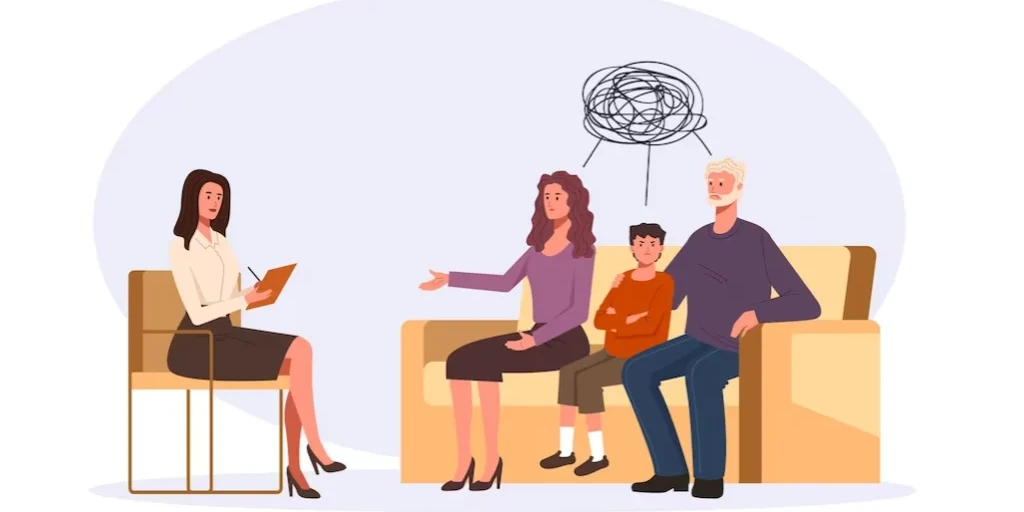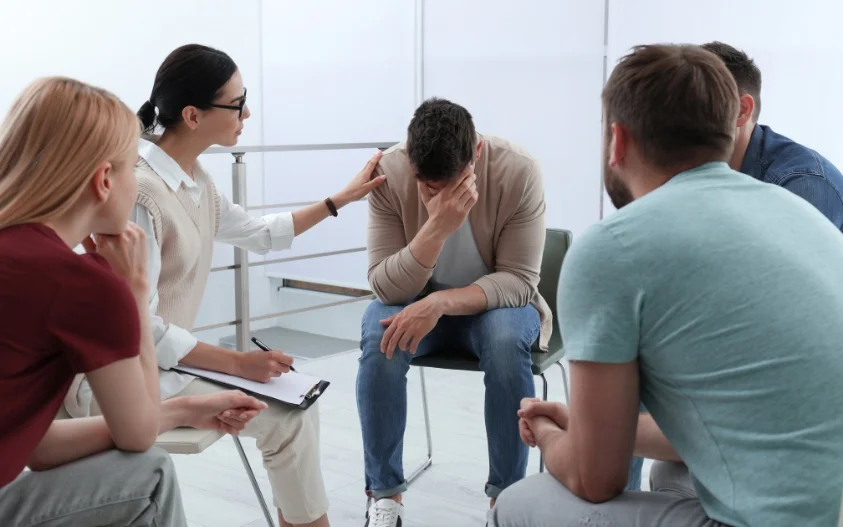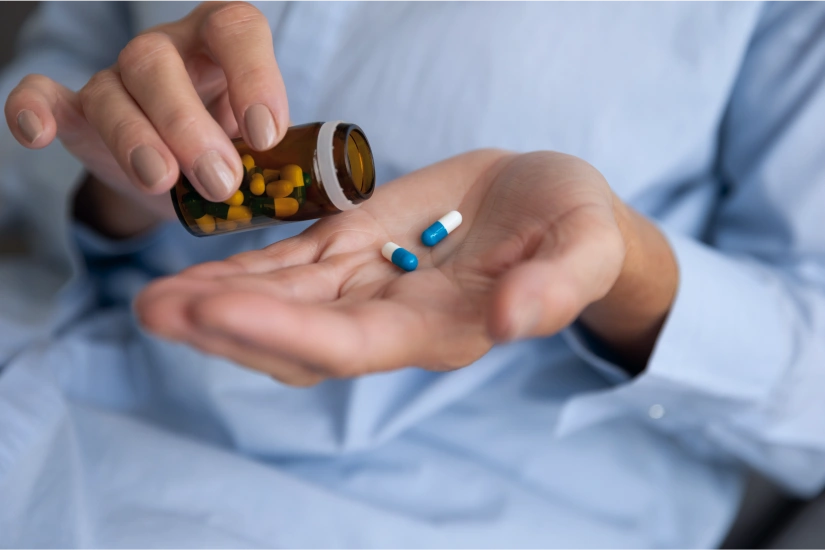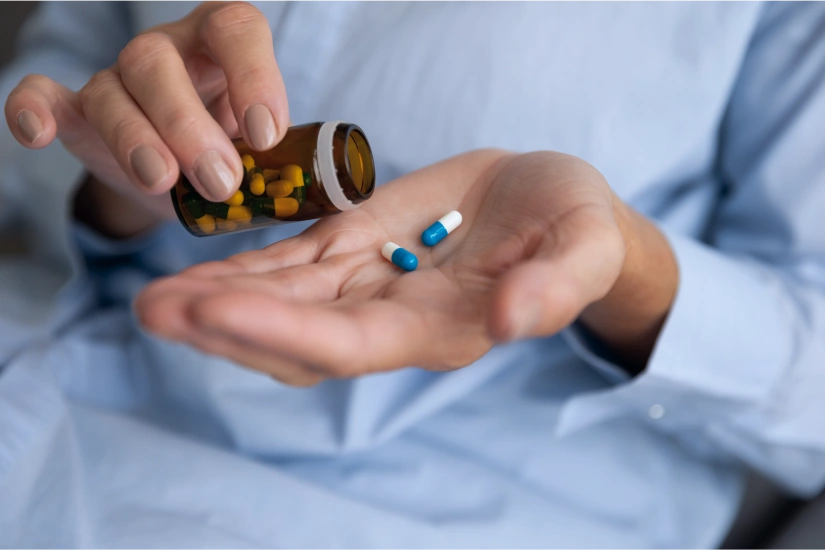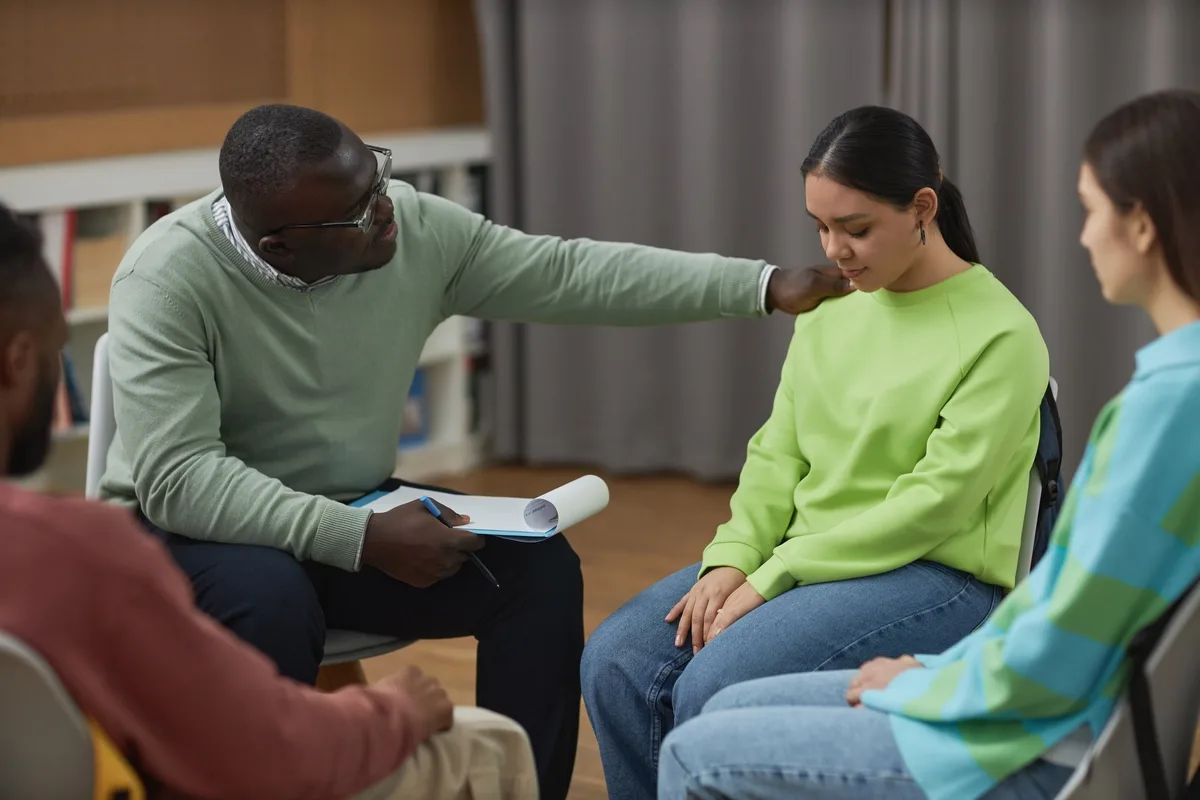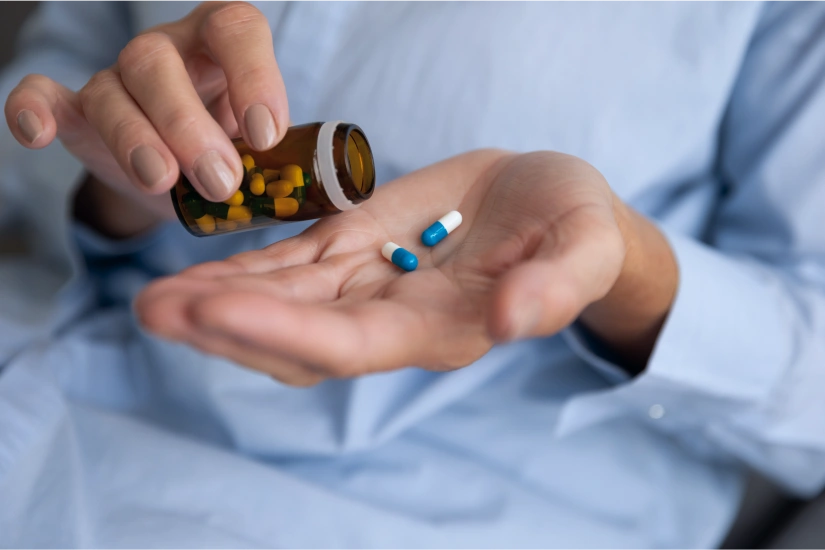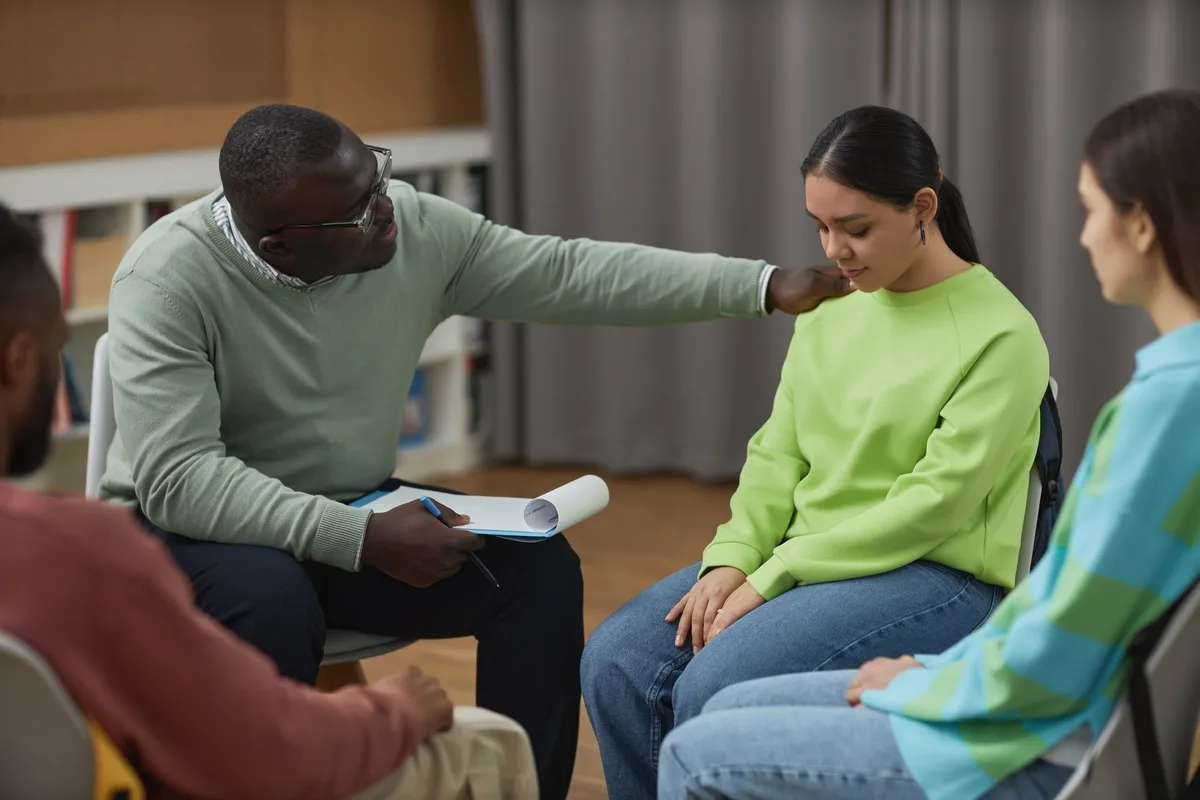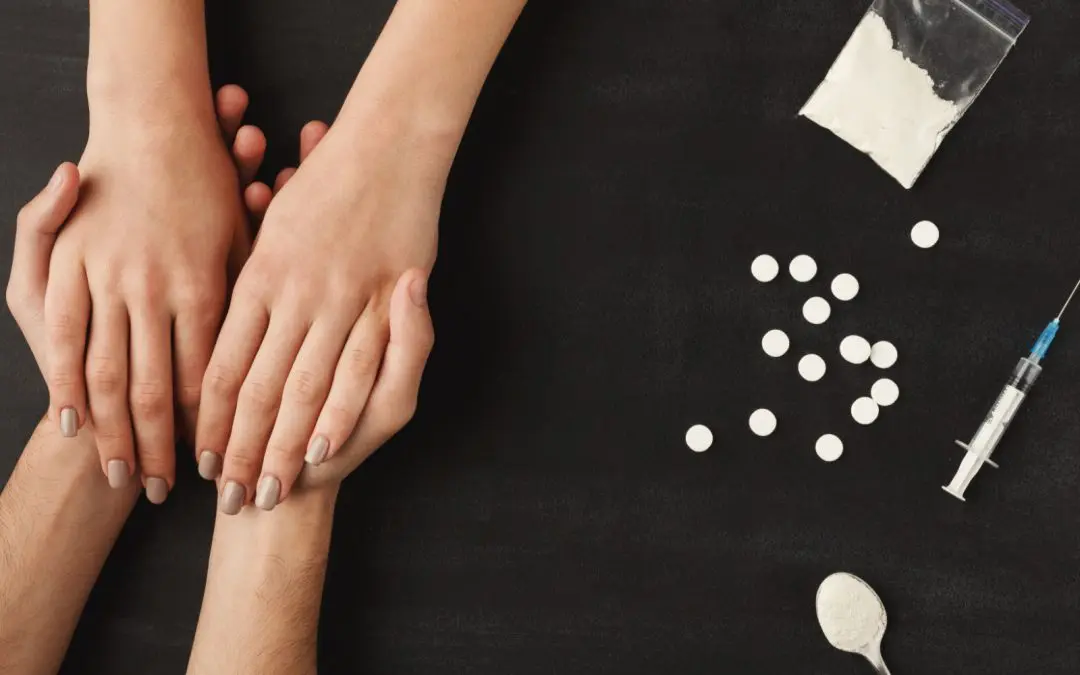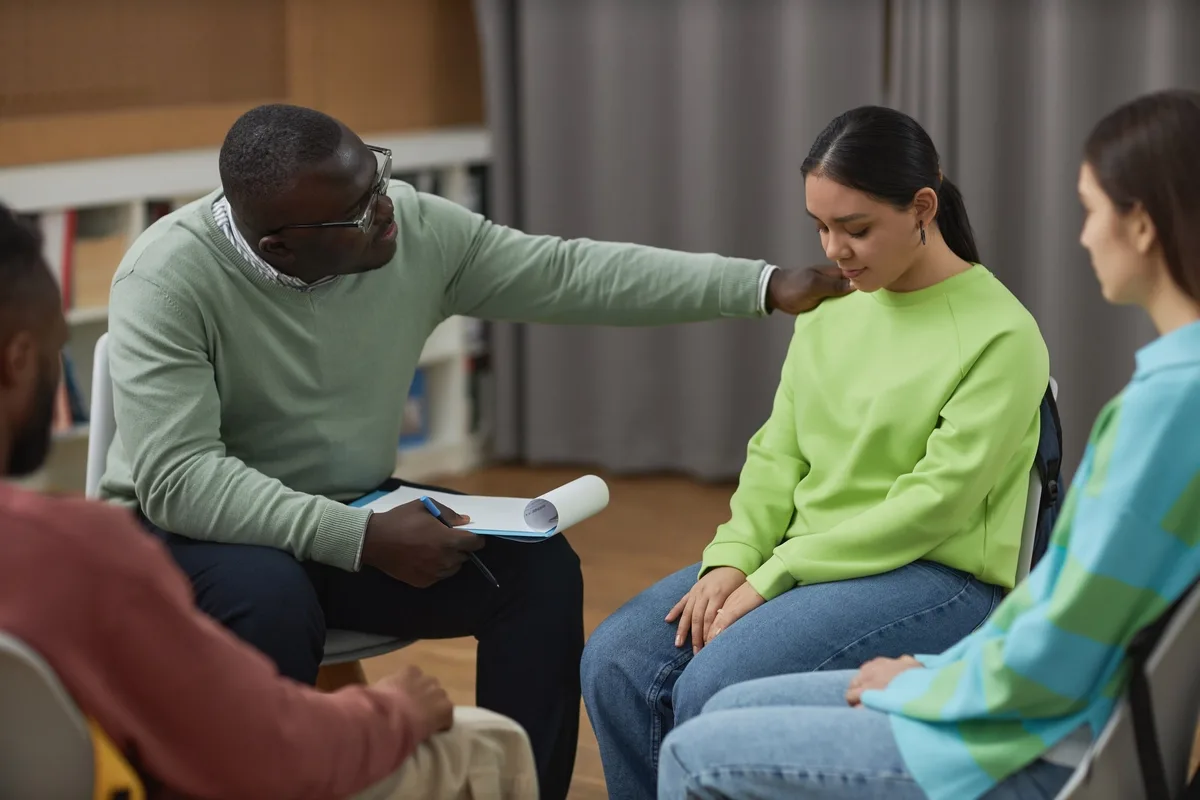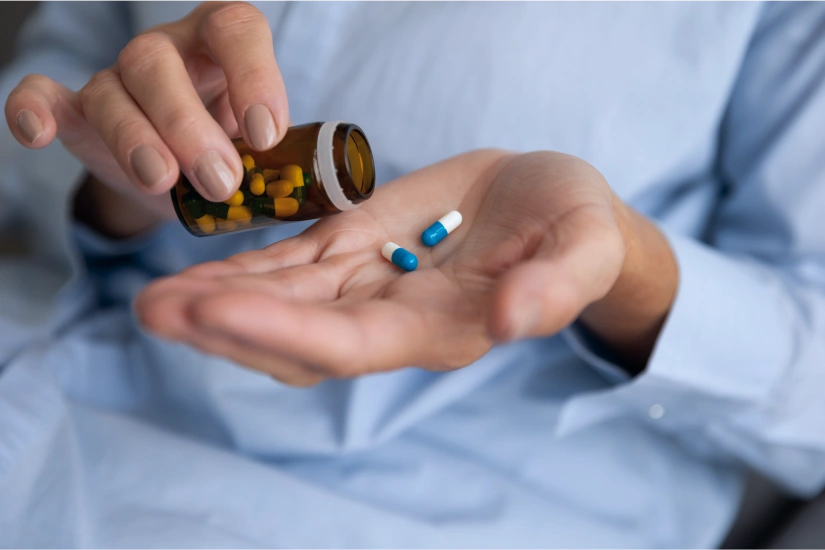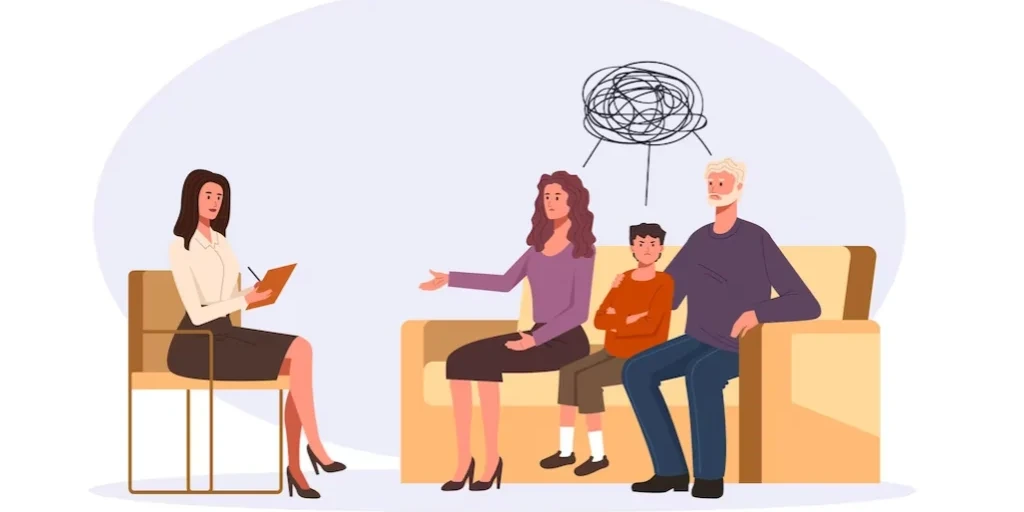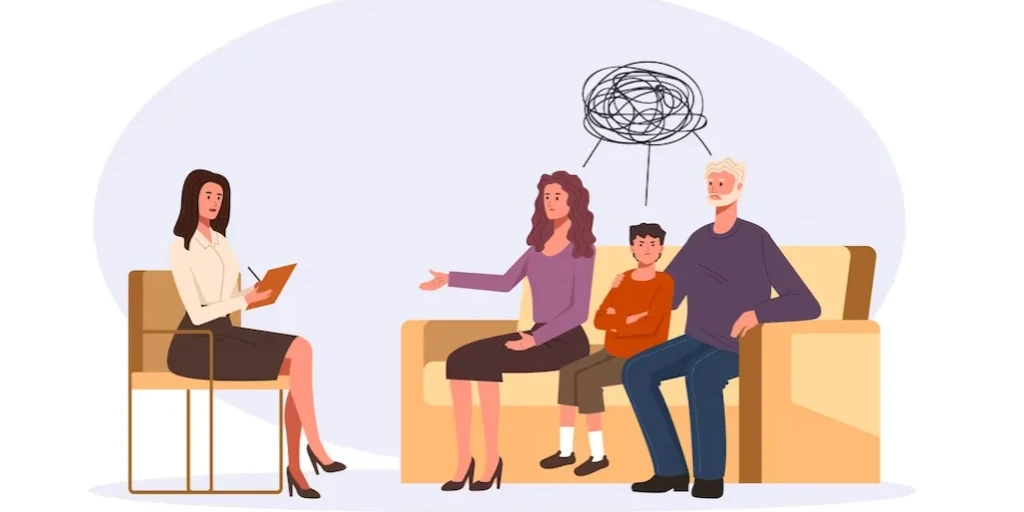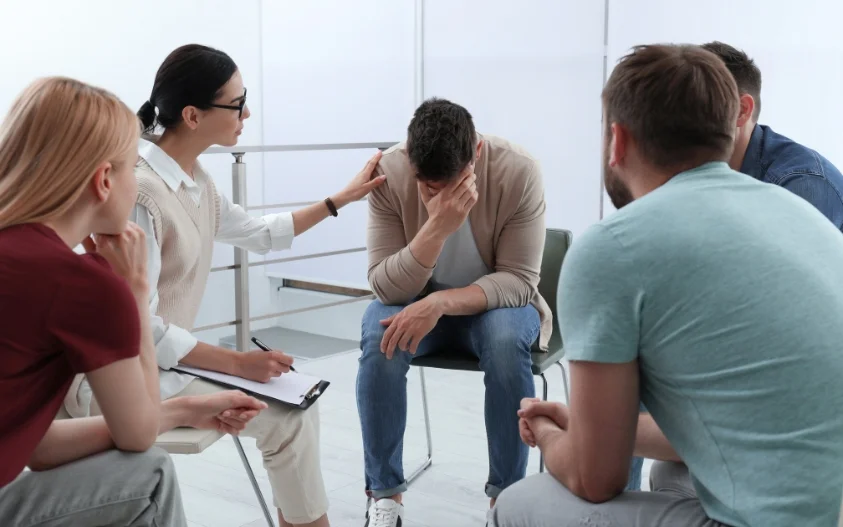24/7 Helpline:
(866) 899-221924/7 Helpline:
(866) 899-2219
Learn more about Morphine Rehab centers in St. Mary County
Morphine Rehab in Other Counties

Other Insurance Options

Amerigroup

Health Partners

Providence

EmblemHealth

ComPsych

Multiplan

Absolute Total Care

AllWell

Covered California

Sliding scale payment assistance

Optima

Magellan

GEHA

CareFirst

WellPoint

Holman Group

Sutter

BHS | Behavioral Health Systems

United Health Care
Beacon

Lake Wellness Center Metairie Outpatient Addiction Treatment
Lake Wellness Center Metairie is an accredited substance abuse rehab in Metairie, LA for adults stru...

St. Christopher’s Addiction Wellness Center
St. Christopher’s Addiction Wellness Center (STC), nestled in Baton Rouge, Louisiana, is an accredit...
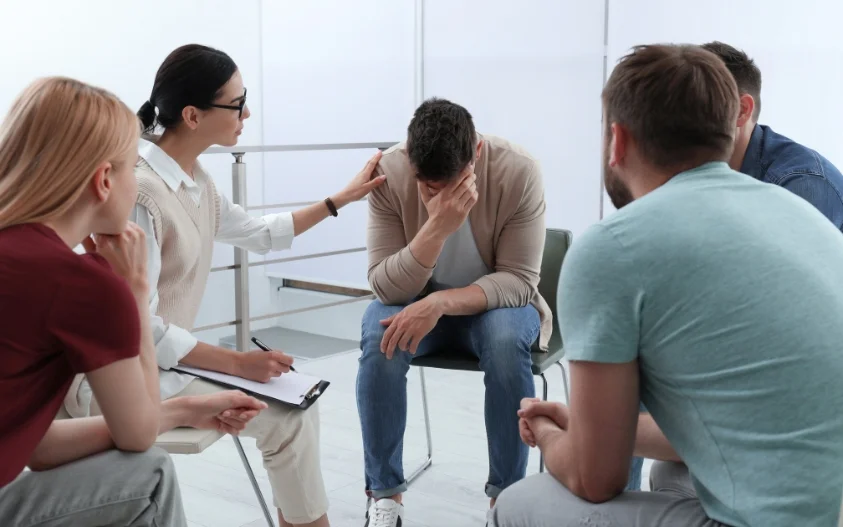
Grace House – Delachaise Street
Grace House – Delachaise Street is a drug and alcohol rehab located in New Orleans, Louisiana. They ...

Calcasieu Oaks Behavioral Center
Calcasieu Oaks Behavioral Hospital, in Lake Charles, Louisiana, provides inpatient mental health and...

Compass Behavioral Health
Compass Behavioral Health is a private rehab located in Houma, Louisiana. Compass Behavioral Health ...

SCLHSA – Saint Mary Behavioral Health Center
SCLHSA - Saint Mary Behavioral Health Center provides services for eligible and priority populations...
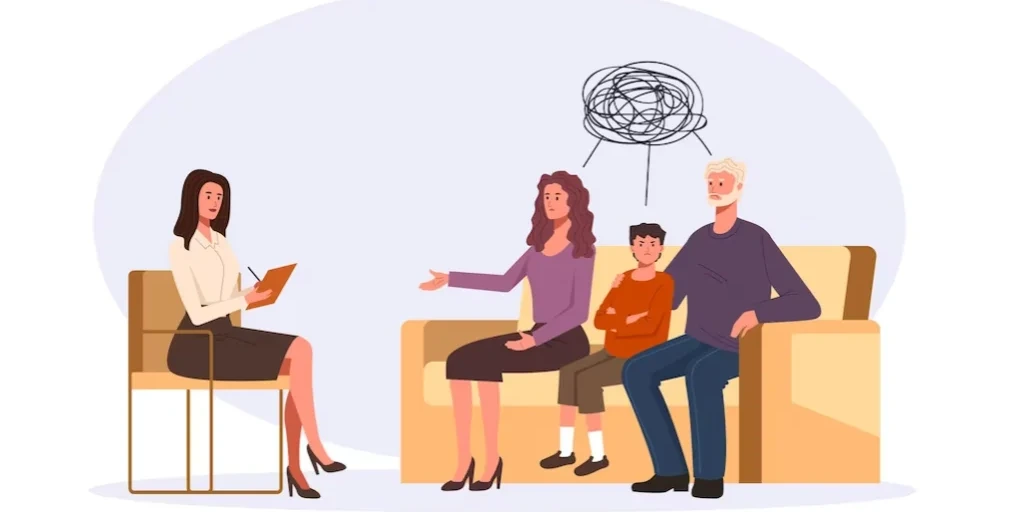
Lakeview Regional Behavioral Health
Lakeview Regional Behavioral Health is a drug and alcohol rehab and medical facility located in Covi...

Palmetto Addiction Recovery Center
Palmetto Addiction Recovery Center is an accredited addiction treatment center in Rayville, Louisian...

NOLA Detox and Recovery Center
NOLA Detox and Recovery Center is an accredited addiction rehab located in New Orleans, LA. It striv...

Abrom Kaplan Memorial Hospital – Compass Behavioral Center
Abrom Kaplan Memorial Hospital – Compass Behavioral Center is a private rehab located in Kaplan, Lou...

Bridgeway Psychiatric Center
Bridgeway Psychiatric Center is a private rehab located in Lake Charles, Louisiana. Bridgeway Psychi...

Townsend Recovery Detox And Drug Rehab Center
Townsend Recovery Detox And Drug Rehab Center is a private rehab located in Covington, Louisiana. To...

Responsibility House
Responsibility House is a private rehab located in Gretna, Louisiana. Responsibility House specializ...

Compass Behavioral Center
Compass Behavioral Center is a private rehab located in Alexandria, Louisiana. Compass Behavioral Ce...

Alcohol and Drug Center
Alcohol and Drug Center is a private rehab located in Baton Rouge, Louisiana. Alcohol and Drug Cente...

Center for Behavioral Health
Center for Behavioral Health is a private rehab located in Shreveport, Louisiana. Center for Behavio...
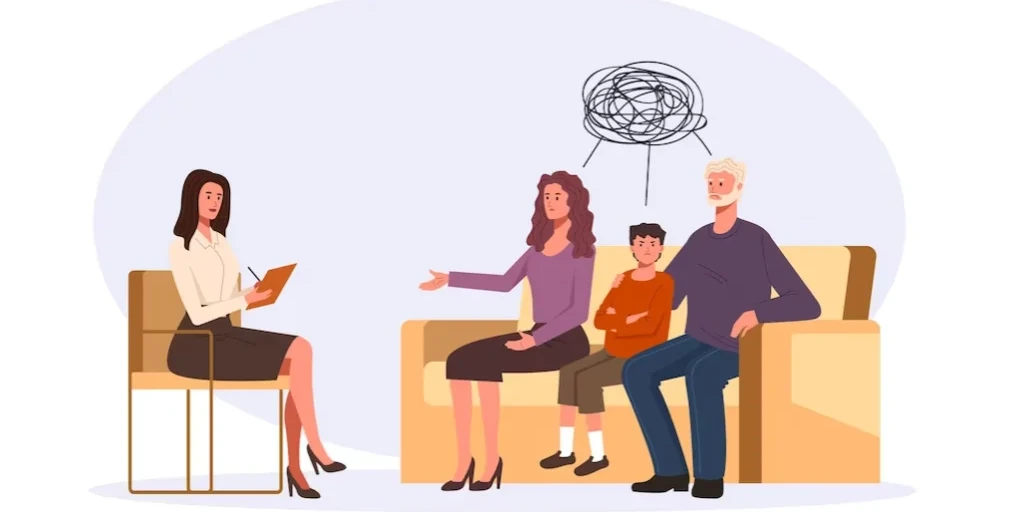
Genesis Behavioral Hospital
Genesis Behavioral Hospital is a private rehab located in Breaux Bridge, Louisiana. Genesis Behavior...
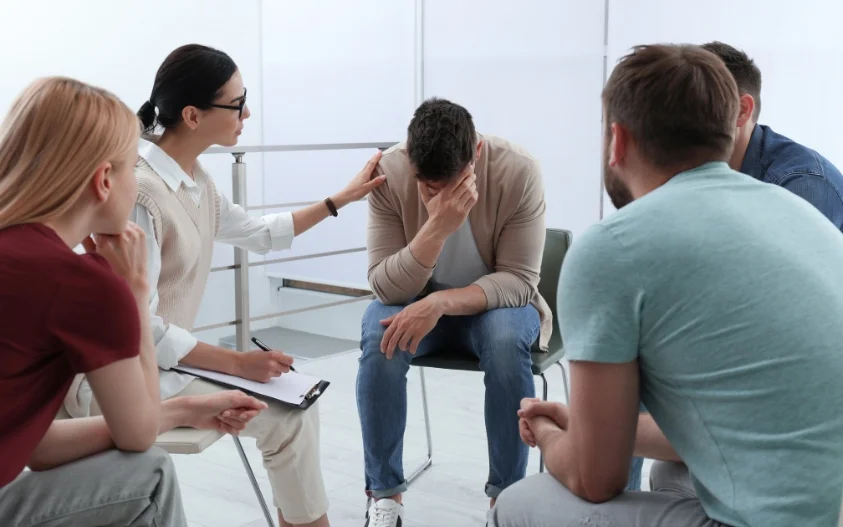
Center for Behavorial Health
Center for Behavorial Health is a private rehab located in Monroe, Louisiana. Center for Behavorial ...

Opelousas Behavioral Health Clinic
Opelousas Behavioral Health Clinic by Acadiana Area Human Services District provides comprehensive a...

East Jefferson General Hospital Behavioral Health
East Jefferson General Hospital Behavioral Health is a public rehab located in Metairie, Louisiana. ...

Woodlake Recovery Center
Located in Ethel, Louisiana, Woodlake Recovery Center provides alcohol and drug rehab services to me...

Compass Behavioral Center
Compass Behavioral Center is a private rehab located in Mamou, Louisiana. Compass Behavioral Center ...

Eastern Louisiana Mental Health System
Eastern Louisiana Mental Health System is a public rehab located in Jackson, Louisiana. Eastern Loui...

Bridge House
Bridge House is long-term residential treatment program for men struggling with addiction issues. Br...

NAMI – New Orleans National Alliance on Mental Illness
NAMI – New Orleans National Alliance on Mental Illness is a private rehab located in New Orleans, Lo...

Youth Service Bureau
Youth Service Bureau is a non-profit rehab located in Slidell, LA. Slidell Youth Services specialize...

AcadianaCares
AcadianaCares is a drug and alcohol rehab located in Lafayette, Louisiana. They provide addiction tr...

Hope Center
Hope Center is an alcohol and drug treatment center located in Marksville, Louisiana. They are a lic...

Lincoln Nova Vital Recovery
Lincoln Nova Vital Recovery is a dual diagnosis, drug, and alcohol addiction treatment center locate...

Narconon Louisiana – New Life Retreat
Narconon Louisiana New Life Retreat is a substance abuse rehab that sits on a beautiful 15-acre camp...

Greenpath International
Greenpath International is a private rehab located in New Orleans, Louisiana. Greenpath Internationa...

Pecan Haven Addiction Recovery Center
Pecan Haven Addiction Recovery Center is a CARF accredited dual diagnosis drug and alcohol addiction...

Physicians Behavioral Hospital
Physicians Behavioral Hospital, located in Shreveport, Louisiana, offers alcohol and drug rehab serv...

Choices of Louisiana – North Shore
Choices of Louisiana – North Shore is a private rehab located in Hammond, Louisiana. Choices of Loui...

CADA Bossier Treatment Center
CADA Bossier Treatment Center is a CARF-accredited substance abuse rehab for adolescents and adults....

Ochsner Addictive Behavior Treatment
Ochsner Addictive Behavior Treatment is a private rehab located in New Orleans, Louisiana. Ochsner A...

Victory Addiction Recovery Center
Victory Addiction Recovery Center, located in Lafayette, LA, is a CARF-accredited addiction treatmen...

Ekems Healthcare Mental Health – Outpatient
Ekems Healthcare Mental Health – Outpatient is a private rehab located in New Orleans, Louisiana. Ek...

Choices of Louisiana
Choices of Louisiana is a private rehab located in Alexandria, Louisiana. Choices of Louisiana speci...

Abbeville General Hospital – Behavioral Medicine Center
Abbeville General Hospital – Behavioral Medicine Center is a private rehab located in Abbeville, Lou...

AppleGate Recovery
AppleGate Recovery is a private rehab located in Lake Charles, Louisiana. AppleGate Recovery special...

Delta Recovery Center
Delta Recovery Center is a private rehab located in Lake Providence, LA. Delta Recovery Center speci...

Slidell Addictive Disorders Clinic
Slidell Addictive Disorders Clinic is a private rehab located in Slidell, Louisiana. Slidell Addicti...

Legacy Behavioral Health
Legacy Behavioral Health is a private rehab located in Baton Rouge, Louisiana. Legacy Behavioral Hea...

AppleGate Recovery
AppleGate Recovery offers medication assisted programs for individuals with opiate addiction. AppleG...

Longbranch Recovery Center
Longbranch Recovery Center is a drug and alcohol rehab located in Abita Springs, Louisiana. They pro...

Bethel Colony Transformation
Bethel Colony Transformation is a private rehab located in New Orleans, Louisiana. Bethel Colony Tra...

Capital Area Human Services
Capital Area Human Services is an outpatient facility that offers treatment for individuals with a M...

Palmetto Addiction Recovery Center
Palmetto Addiction Recovery Center provides high quality, personalized treatment to individuals suff...

Oceans Behavioral Hospital
Oceans Behavioral Hospital is a private rehab located in Baton Rouge, Louisiana. Oceans Behavioral H...

Shreveport-Bossier Rescue
Shreveport-Bossier Rescue is a non-profit organization located in Shreveport, LA. Shreveport-Bossier...

American Active Rehabilitation
American Active Rehabilitation is a private rehab located in Gretna, Louisiana. American Active Reha...

Florida Parishes Human Services Authority – FPHSA
FPHSA - Slidell Behavioral Health Clinic offers mental health and substance abuse services for child...

West Feliciana Behavioral Health
West Feliciana Behavioral Health is an outpatient facility that offers treatment for individuals wit...

AppleGate Recovery
AppleGate Recovery is a private rehab located in Oakdale, Louisiana. AppleGate Recovery specializes ...

Gateway Recovery Systems
Located in Harvey, Louisiana, Gateway Recovery Systems provides alcohol and drug rehab services to m...

Immanuels Healing Center
Immanuels Healing Center is a public rehab located in Monroe, Louisiana. Immanuels Healing Center sp...

Woodlake Addiction Recovery
Woodlake Addiction Recovery is a public rehab located in Baton Rouge, Louisiana. Woodlake Addiction ...

AppleGate Recovery
AppleGate Recovery is a private rehab located in Baton Rouge, Louisiana. AppleGate Recovery speciali...
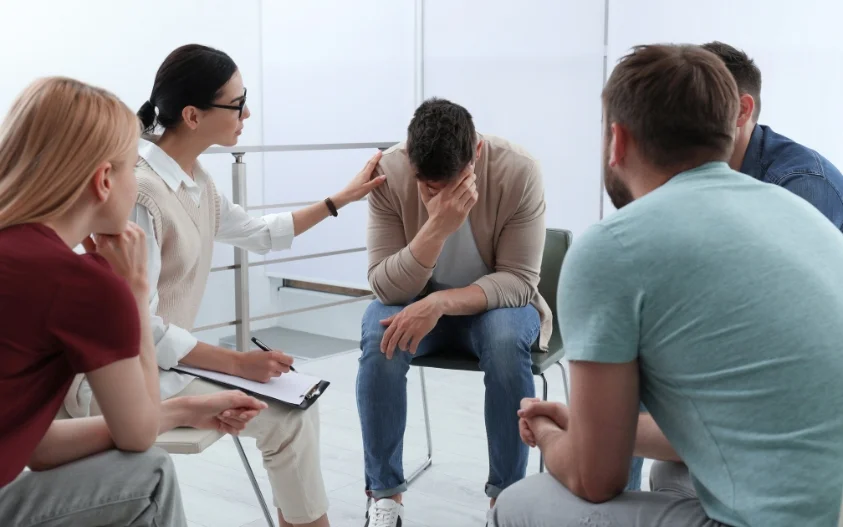
West Jefferson Behavioral Medicine Center
West Jefferson Behavioral Medicine Center is a public rehab located in Marrero, Louisiana. West Jeff...
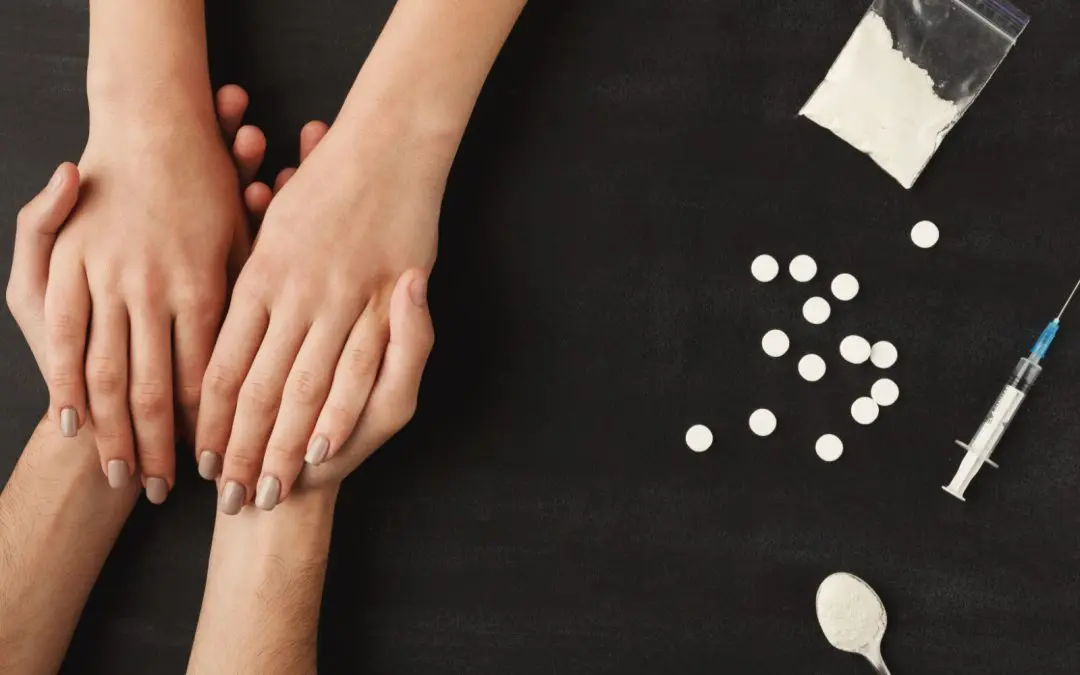
Choices of Louisiana
Choices of Louisiana is a drug and alcohol rehab located in La Place, Louisiana. They provide outpat...

Shreveport Behavioral Health Clinic
Shreveport Behavioral Health Clinic is a public rehab located in Shreveport, Louisiana. Shreveport B...

Vermilion Behavioral Health Systems
Located in Lafayette, Louisiana, Vermilion Behavioral Health System provides alcohol and drug rehab ...

Baton Rouge Behavioral Hospital
Baton Rouge Behavioral Hospital focuses on providing care for those with mental illnesses & dual dia...

Acadiana Recovery Center
Acadinia Treatment Center is a private addiction and behavioral treatment center in Lafayette, Louis...

Addiction Recovery Resources
Addiction Recovery Resources, Inc. - Canal Street offers a full continuum of care. Addiction Recover...

Edgefield Recovery Center
Edgefield Recovery Center is a drug and alcohol rehab center located in Cheneyville, LA. They provid...

O’Brien House
O'Brien House provides residential treatment, an Intensive Outpatient Program (IOP), outpatient prog...

Northlake Behavioral Health System
Northlake Behavioral Health System is a private rehab located in Mandeville, Louisiana. Northlake Be...

Townsend Detox New Orleans – Avenues Recovery Center
A unique hospital based detox and residential 30 day program that is focused on the needs and unique...

Power House
Power House is a private rehab located in Gonzales, Louisiana. Power House specializes in the treatm...

AppleGate Recovery
AppleGate Recovery offers medication assisted treatment for men and women with opiate addiction. App...

Covington Behavioral Health Hospital
Covington Behavioral Health Hospital is located in Covington, Louisiana. They provide addiction trea...

21st CARE – Intensive Outpatient
21st CARE – Intensive Outpatient is a private rehab located in Baton Rouge, Louisiana. 21st CARE – I...

Eugene and Oleander – Opiate Recovery Solutions
Eugene and Oleander – Opiate Recovery Solutions is a private rehab located in Baton Rouge, Louisiana...
Beacon Behavioral Health
Beacon Behavioral Health is a private rehab located in New Orleans, Louisiana. Beacon Behavioral Hea...

ExecuCare Addiction Recovery Center
ExecuCare Addiction Recovery Center utilizes a science-based approach to addiction with nutrition-as...

Volunteers of America – Behavioral Health Services
Volunteers of America – Behavioral Health Services is a non-profit rehab located in New Orleans, LA....

Capital Area Recovery Program
Located in Baton Rouge, Louisiana, Capital Area Recovery Program provides alcohol and drug rehab ser...

Rehabilitation Center
Rehabilitation Center is a private rehab located in New Iberia, Louisiana. Rehabilitation Center spe...

Woodlake Addiction Recovery Center
The Woodlake Addiction Recovery Center focuses on helping adults from all walks of life overcome dru...

Iberville Parish Behavioral Health
Iberville Parish Behavioral Health is an outpatient facility that offers treatment for individuals w...

Avenues Recovery Center at Townsend
Avenues Recovery Center at Townsend is a private rehab located in New Orleans, Louisiana. Avenues Re...

Ochsner Saint Anne Hospital – Behavioral Health
Ochsner Saint Anne Hospital – Behavioral Health is a private rehab located in Raceland, Louisiana. O...
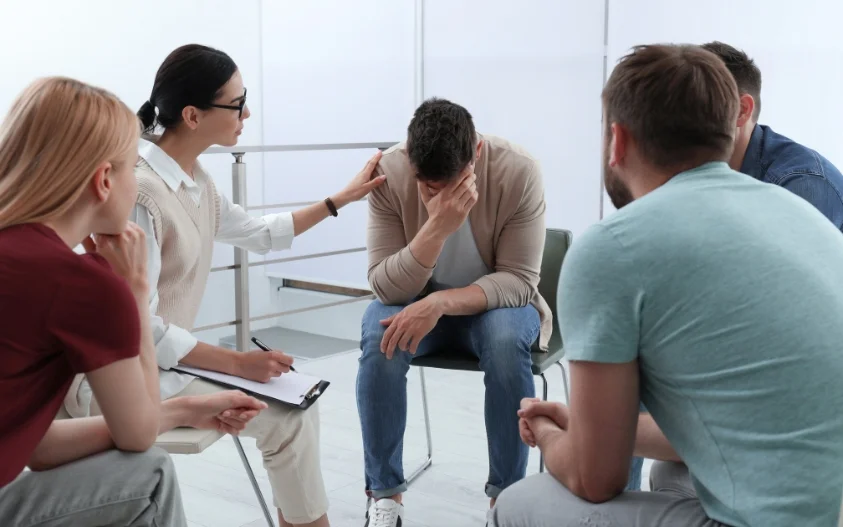
Council on Alcoholism and Drug Abuse of Northwest Louisiana – CADA
Council on Alcoholism and Drug Abuse of Northwest Louisiana (CADA) is a non-profit, private health o...

AppleGate Recovery Slidell
AppleGate Recovery Slidell is a private rehab located in Slidell, Louisiana. AppleGate Recovery Slid...

Northeast Delta Human Services Authority
Northeast Delta Human Services Authority serves people with mental health issues, addictive disorder...

River Place Behavioral Health
River Place Behavioral Health is a private rehab located in La Place, Louisiana. River Place Behavio...

Execucare Addiction Recovery Center
Execucare Addiction Recovery Center is a private rehab located in Slidell, Louisiana. Execucare Addi...

AppleGate Recovery Metairie
AppleGate Recovery Metairie is a private rehab located in Metairie, Louisiana. AppleGate Recovery Me...
Beacon Behavioral Health
Beacon Behavioral Health is a private rehab located in Baton Rouge, Louisiana. Beacon Behavioral Hea...

Natchitoches Regional Medical Center – Behavioral Health
Natchitoches Regional Medical Center - Behavioral Health, located in Natchitoches, Louisiana, provid...

Ocean Behavioral Hospital
Ocean Behavioral Hospital is a private rehab located in Alexandria, Louisiana. Ocean Behavioral Hosp...

Saint Charles Parish Hospital – Psychiatric Unit
Saint Charles Parish Hospital – Psychiatric Unit is a public rehab located in Luling, Louisiana. Sai...

SCLHSA – River Parishes Behavioral Health Center
SCLHSA - River Parishes Behavioral Health Center provides services for eligible and priority populat...

Alexandria VA Health Care System – Lafayette CBOC Campus B Mental Health
Alexandria VA Health Care System - Lafayette Community Based Outpatient Clinic Campus B Mental Healt...

Mercy Multiplied
Mercy Multiplied, a prominent faith based substance use disorder drug rehab facility in West Monroe,...

Lane Regional Medical Center – Behavioral Health Services
Lane Regional Medical Center - Behavioral Health Services, located in Zachary, Louisiana, provides b...

Palmetto Addiction Recovery Center
Palmetto Addiction Recovery Center provides high quality, personalized treatment to individuals suff...

Leesville Mental Health Clinic
Leesville Mental Health Clinic is a public rehab located in Leesville, Louisiana. Leesville Mental H...

Seaside Outpatient Services on the North Shore
Seaside Outpatient Services on The North Shore is located in Mandeville, Louisiana. They offer behav...

Beauregard Behavioral Health Clinic
Beauregard Behavioral Health Clinic provides comprehensive and coordinated outpatient services to in...

West Baton Rouge Behavioral Health
West Baton Rouge Behavioral Health is an outpatient facility that offers treatment for individuals w...

Edgefield – Outpatient Services
Edgefield - Outpatient Services is located in Alexandria, Louisiana. Edgefield - Outpatient Services...

AMIkids
AMIkids is a non-profit organization located in Baton Rouge, Louisiana AMIkids provides counseling f...

Iberville Rehabilitation Services
Iberville Rehabilitation Services is a private rehab located in White Castle, Louisiana. Iberville R...

Heartland Family Service Iowa Family Works
Heartland Family Service Iowa Family Works is a private rehab located in Jena, Louisiana. Heartland ...

Townsend Recovery Center
Townsend Recovery Center offers outpatient treatment for individuals with alcohol and/or substance a...

The Serenity Center of Louisiana
The Serenity Center of Louisiana provides high quality Chemical Dependency Treatment. The Serenity o...

Townsend Recovery Center
Townsend Recovery Center offers outpatient treatment for individuals with alcohol and/or substance a...

Center for Hope Children and Family Services
Center for Hope Children and Family Services is an outpatient behavioral health facility which treat...

Townsend Recovery Center
Townsend Recovery Center offers outpatient treatment for individuals with alcohol and/or substance a...

Northeast Delta Human Services Authority
Northeast Delta Human Services Authority serves people with mental health issues, addictive disorder...

ACER
ACER provides individualized client care in a healthy, non-judgmental environment welcoming individu...

Acadiana Treatment Center
Acadiana Addiction Center is a private rehab located in Sunset, Louisiana. Acadiana Addiction Center...

ACER
ACER provides individualized client care in a healthy, non-judgmental environment welcoming individu...

LHRC – Pocahontas House
LHRC - Pocahontas House provides quality, comprehensive treatment to functionally homeless substance...

Compass Health
Compass Health is a private rehab located in Crowley, Louisiana. Compass Health specializes in the t...

Rayville Recovery
Rayville Recovery provides affordable drug and alcohol detox and rehabilitation options to residents...
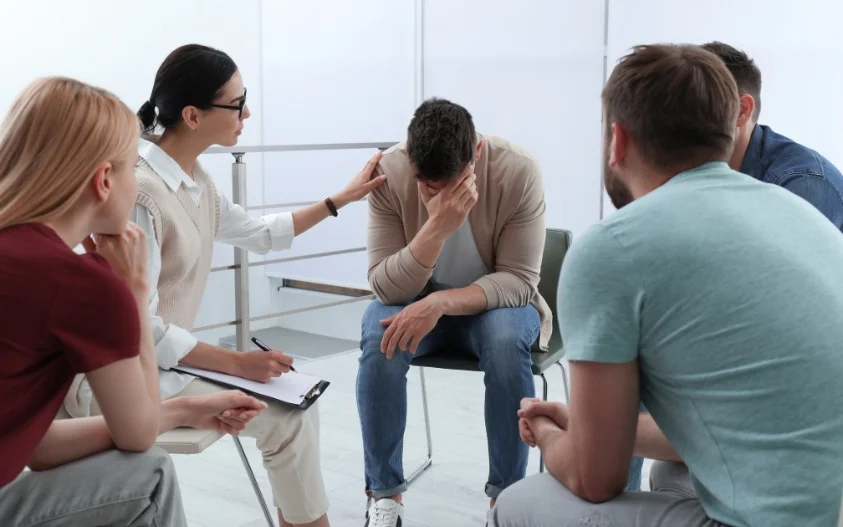
Whispering Oaks Lodge
Whispering Oaks Lodge is a residential substance use disorder treatment facility treating drug addic...

Jefferson Oaks Behavioral Health
Jefferson Oaks Behavioral Health located in Jefferson Highway's beautiful Bocage area, is a privatel...
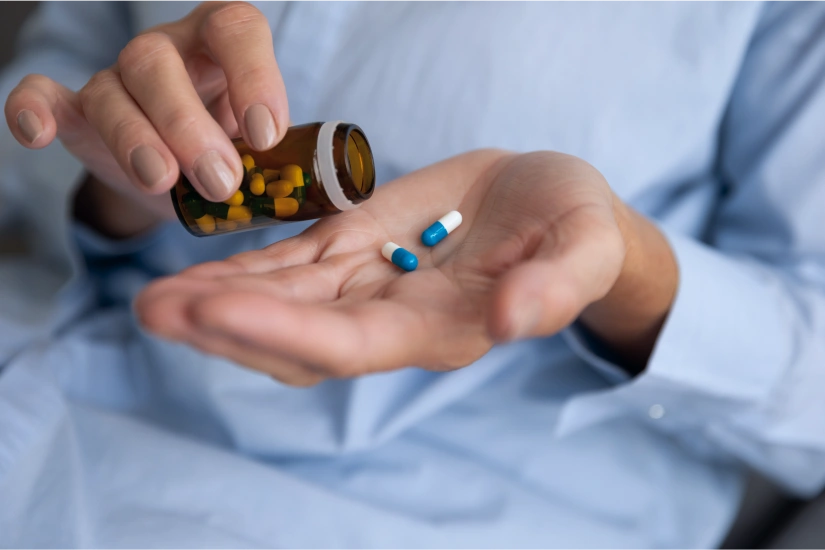
Townsend Recovery Center
Townsend Recovery Center offers outpatient treatment for individuals with alcohol and/or substance a...

ACER
ACER provides individualized client care in a healthy, non-judgmental environment welcoming individu...

Townsend Recovery Center
Lake Wellness Center is a drug and alcohol addiction treatment center located in Covington, LA. The ...

New Day Recovery
New Day Recovery offers inpatient and outpatient treatment for individuals with alcohol and/or subst...
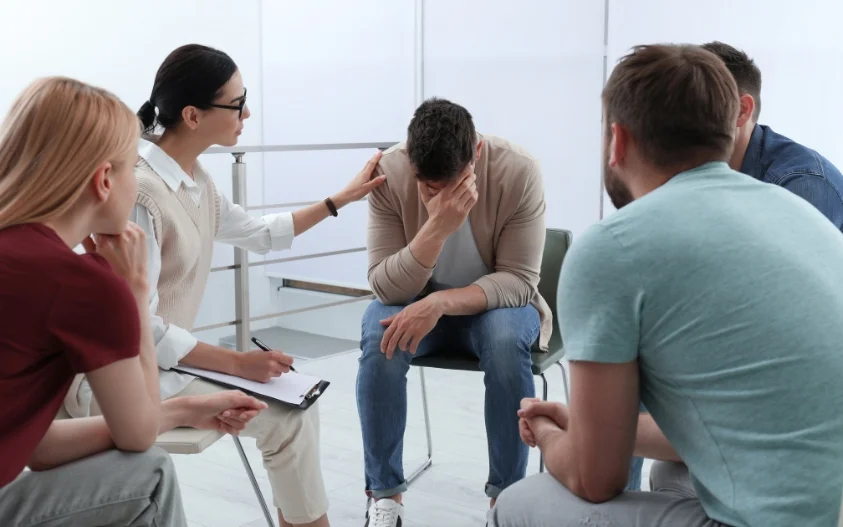
Mental Health Association – Alliance House Residential Center
Mental Health Association - Alliance House Residential Center is a transitional living facility for ...
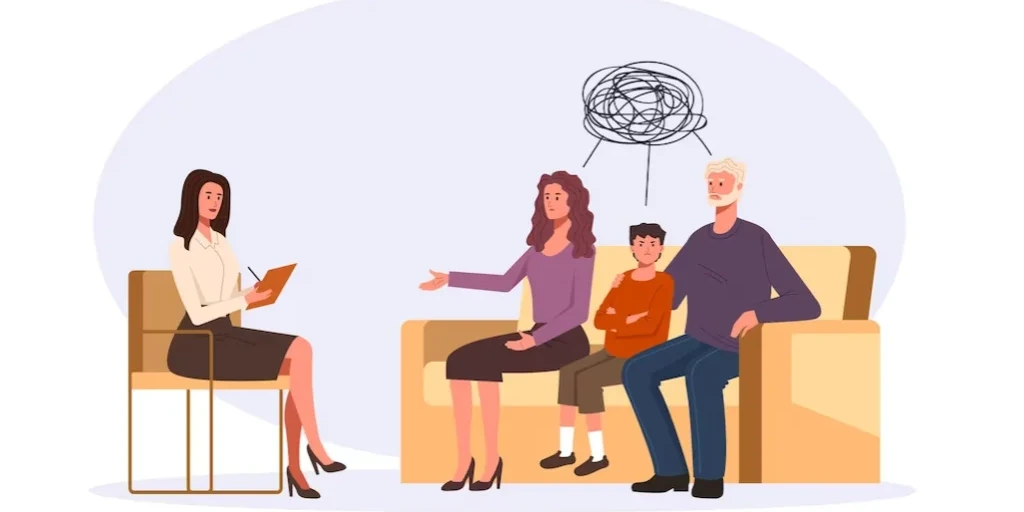
Townsend Recovery Center
Townsend Recovery Center offers outpatient treatment for individuals with alcohol and/or substance a...

CADA – Adolescent Treatment Center
CADA - Adolescent Treatment Center provides high-quality, affordable addiction treatment. CADA - Ado...

Odyssey House Louisiana – Briscoe
Odyssey House Louisiana–Briscoe is a comprehensive drug and alcohol rehab for adults in Lake Charles...

Red River Behavioral Center
Red River Behavioral Center is a private rehab located in Bossier City, Louisiana. Red River Behavio...
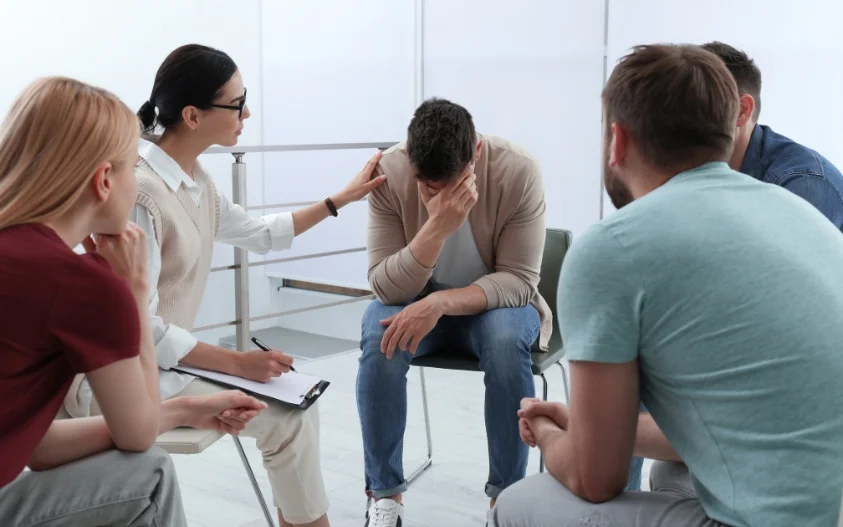
Spectrum Rehab Services
Spectrum Rehab Services is a private rehab located in Denham Springs, Louisiana. Spectrum Rehab Serv...

Destined for a Change
Destined for a Change is a private rehab located in New Orleans, Louisiana. Destined for a Change sp...

Pathways Community Health
Pathways Community Health is a private rehab located in Jonesville, Louisiana. Pathways Community He...

Family and Youth Counseling Agency
Family and Youth Counseling Agency is a public rehab located in Lake Charles, Louisiana. Family and ...
Beacon Behavioral Hospital
Beacon Behavioral Hospital, in Lacombe, Louisiana, provides comprehensive mental healthcare services...

The Journey Home
The Journey Home offers inpatient treatment for women with alcohol and/or substance addiction. The p...

Pathways Community Health – Red River Treatment Center
Pathways Community Health - Red River Treatment Center provides medically supported detox and reside...

Florida Parishes Human Services Authority – FPHSA
FPHSA - Rosenblum Behavioral Health Clinic offers mental health and substance abuse services for chi...

MMO Behavioral Health Systems
MMO Behavioral Health Systems is a private rehab located in Jennings, Louisiana. MMO Behavioral Heal...

Christus Saint Patrick Hospital – Behavioral Health
Christus Saint Patrick Hospital is a behavioral health treatment facility located in Lake Charles, L...

LA Health and Rehab Center – Reality House
LA Health and Rehab Center - Reality House is a non - profit rehab located in Baton Rouge, LA. LA He...

Cypress Grove
Cypress Grove is a private rehab located in Monroe, Louisiana. Cypress Grove specializes in the trea...

Resources for Human Development – Community Treatment
Resources for Human Development – Community Treatment is a private rehab located in Harvey, Louisian...

Professional Counseling Services of Ruston
Professional Counseling Services of Ruston is a private rehab located in Ruston, Louisiana. Professi...
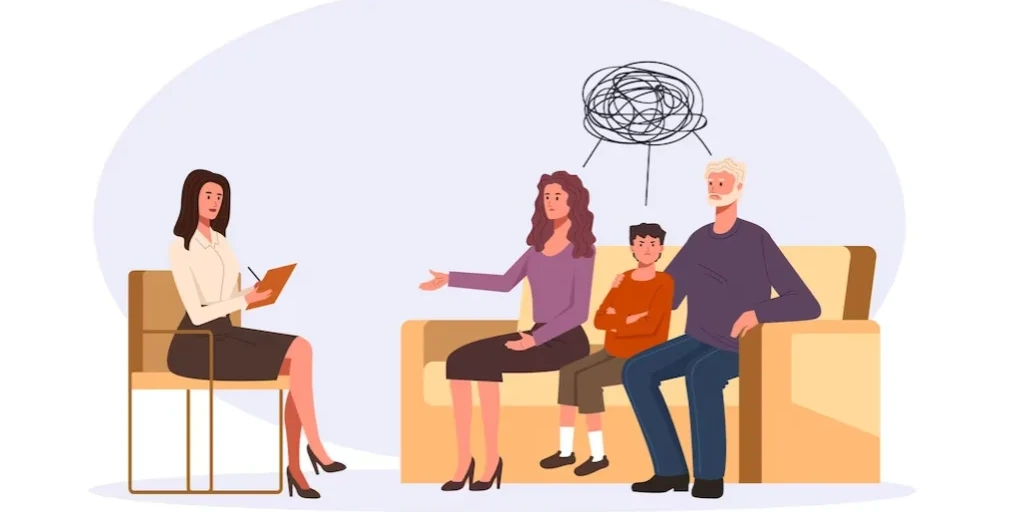
BAART Programs
BAART Programs offers medication-assisted treatment for individuals with a Opioid addiction. Their p...

Contemporary Quality Care
Contemporary Quality Care is a private rehab located in Shreveport, Louisiana. Contemporary Quality ...

New Orleans Center for Mind Body and Health
New Orleans Center for Mind Body and Health is a private rehab located in New Orleans, Louisiana. Ne...

New Beginnings
New Beginnings, in Opelousas, Louisiana, is a 12 step-focused drug and alcohol rehab for adolescents...

Alcohol and Drug Unit
Alcohol and Drug Unit is a public rehab located in Mandeville, Louisiana. Alcohol and Drug Unit spec...

WHC Behavioral and Mental Health Services
WHC Behavioral and Mental Health Services is a public rehab located in Winnsboro, Louisiana. WHC Beh...

North Louisiana Human Services
North Louisiana Human Services is a public rehab located in Natchitoches, Louisiana. North Louisiana...

Family Services – Alcohol and Drug Counseling
Family Services – Alcohol and Drug Counseling is a private rehab located in Baton Rouge, Louisiana. ...

Magnolia Family Services
Magnolia Family Services is a private rehab located in Thibodaux, LA. Magnolia Family Services speci...

Community Enrichment
Community Enrichment is a private rehab located in Shreveport, Louisiana. Community Enrichment speci...

Ocean Behavioral Hospital
Ocean Behavioral Hospital is a private rehab located in Deridder, Louisiana. Ocean Behavioral Hospit...

Nepenthe House
Nepenthe House is a private rehab located in Lake Charles, Louisiana. Nepenthe House specializes in ...

Kinsley House
Kinsley House is a private rehab located in New Orleans, Louisiana. Kinsley House specializes in the...
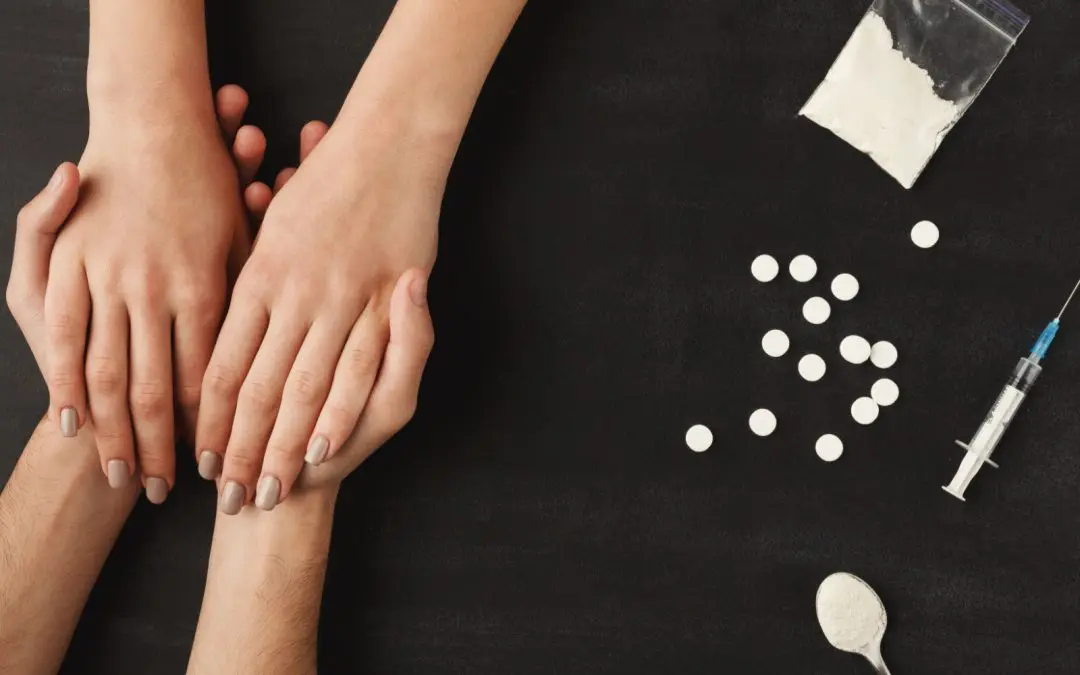
Key Behavior Essentials – New Orleans
Key Behavior Essentials provides the key of quality services and supports, to the community with beh...

New Orleans Center for Hope and Change
New Orleans Center for Hope and Change is a private rehab located in New Orleans, Louisiana. New Orl...

Westend Hospital – Outpatient
Westend Hospital – Outpatient is a private rehab located in Lake Charles, Louisiana. Westend Hospita...

Northeast Delta Human Services Authority
Northeast Delta Human Services Authority serves people with mental health issues, addictive disorder...

Caring Choices of Pineville
Caring Choices Pineville is a public rehab located in Pineville, Louisiana. Caring Choices Pineville...

Bayou Oaks Health Services
Bayou Oaks Health Services is a private rehab located in Thibodaux, Louisiana. Bayou Oaks Health Ser...

New Iberia Behavioral Health Clinic
New Iberia Behavioral Health Clinic by Acadiana Area Human Services District provides comprehensive ...

Chitimacha Tribe – Human Services
Chitimacha Tribe – Human Services is a public rehab located in Charenton, Louisiana. Chitimacha Trib...

Bogalusa Mental Health Clinic
Bogalusa Mental Health Clinic is a public rehab located in Bogalusa, Louisiana. Bogalusa Mental Heal...

Northeast Substance Abuse
Northeast Substance Abuse is a private rehab located in Oak Grove, Louisiana. Northeast Substance Ab...

Allen Outreach
Allen Outreach is a private rehab located in Oakdale, Louisiana. Allen Outreach specializes in the t...

Compass Behavioral Center
Compass Behavioral Center is a private rehab located in Crowley, Louisiana. Compass Behavioral Cente...

Point Coupee Behavioral Health
Point Coupee Behavioral Health is an outpatient facility that offers treatment for individuals with ...

Northeast Substance Abuse
Northeast Substance Abuse is a private rehab located in Winnsboro, Louisiana. Northeast Substance Ab...

Keys For Sober Living
Keys For Sober Living is a private rehab located in New Iberia, Louisiana. Keys For Sober Living spe...

MMO Behavioral Health Systems
MMO Behavioral Health Systems is a private rehab located in Duson, Louisiana. MMO Behavioral Health ...
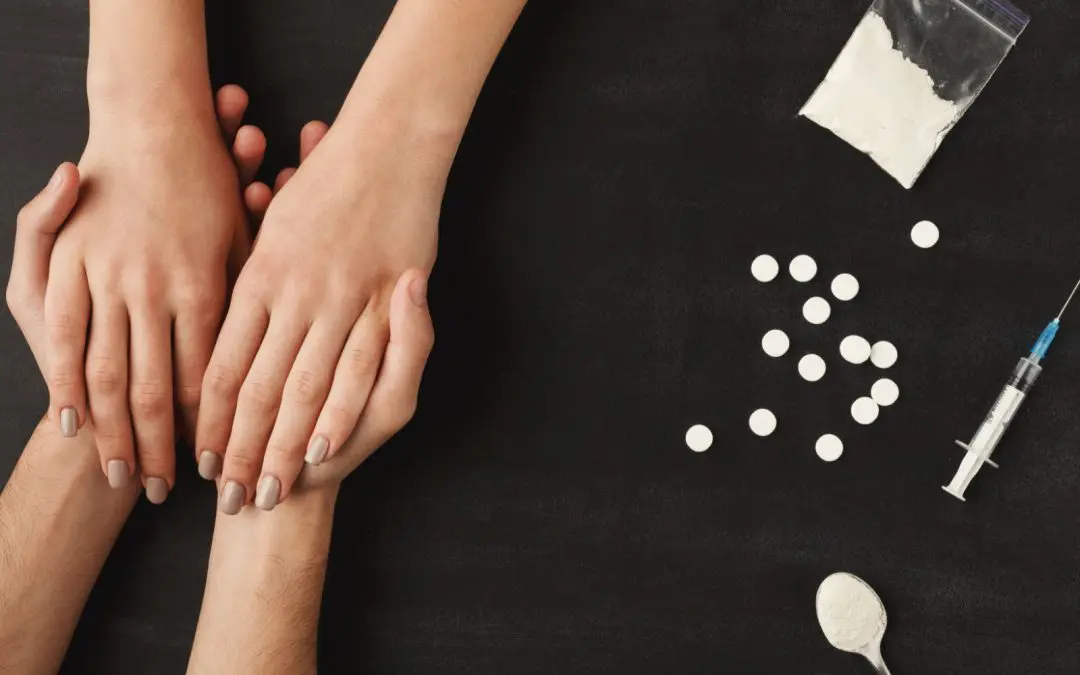
Oceans Behavioral Hospital – Gretna
Located in Gretna, Louisiana, Oceans Behavioral Hospital is an alcohol and drug rehab center that of...

Liberty Healthcare Systems
Liberty Healthcare Systems is a private rehab located in Bastrop, Louisiana. Liberty Healthcare Syst...

Rays of Sonshine
Rays of Sonshine is a residential facility for women that are struggling with a substance addiction....

Dr. Joseph Henry Tyler Jr. Behavioral Health Clinic
Dr. Joseph Henry Tyler Behavioral Health Clinic (BHC) is a co-occurring mental health and substance ...

Center for Families – Addictive Disorders
Center for Families – Addictive Disorders is a private rehab located in Shreveport, Louisiana. Cente...

Disney and Associates – Counseling Services
Disney and Associates – Counseling Services is a private rehab located in Lake Charles, Louisiana. D...

Rehab Services of NW LA
Rehab Services of NW LA is a private rehab located in Shreveport, Louisiana. Rehab Services of NW LA...

Our Lady of the Angels Hospital – Behavioral Health
Our Lady of the Angels Hospital – Behavioral Health is a private rehab located in Bogalusa, Louisian...

Parish of Ascension Counseling
Parish of Ascension Counseling is a public rehab located in Gonzales, Louisiana. Parish of Ascension...

Compass Behavioral Center
Compass Behavioral Center is a private rehab located in Opelousas, Louisiana. Compass Behavioral Cen...

Northeast Delta Human Services Authority – Tallulah
Northeast Delta Human Services Authority serves people with mental health issues, addictive disorder...

Lake Charles Behavioral Health Clinic
Lake Charles Behavioral Health Clinic provides comprehensive and coordinated outpatient services to ...

Donaldsonville Mental Health Center
Donaldsonville Mental Health Center is an outpatient facility that offers treatment for individuals ...

Grant Addictive Disorders Clinic
Grant Addictive Disorders Clinic is a private rehab located in Colfax, Louisiana. Grant Addictive Di...

Gonzales Mental Health Center
Gonzales Mental Health Center is an outpatient facility that offers treatment for individuals with a...

Cenikor
Cenikor provides a variety of services for substance abuse and behavioral health issues. Their servi...

Family Services – Alcohol and Drug Counseling
Family Services – Alcohol and Drug Counseling is a private rehab located in New Orleans, Louisiana. ...

Cognitive Development Center
Cognitive Development Center is a private rehab located in Tallulah, Louisiana. Cognitive Developmen...

East Feliciana Behavioral Health
East Feliciana Behavioral Health is an outpatient facility that offers treatment for individuals wit...

Miracle Place Church
Miracle Place Church is a private rehab located in Baker, Louisiana. Miracle Place Church specialize...
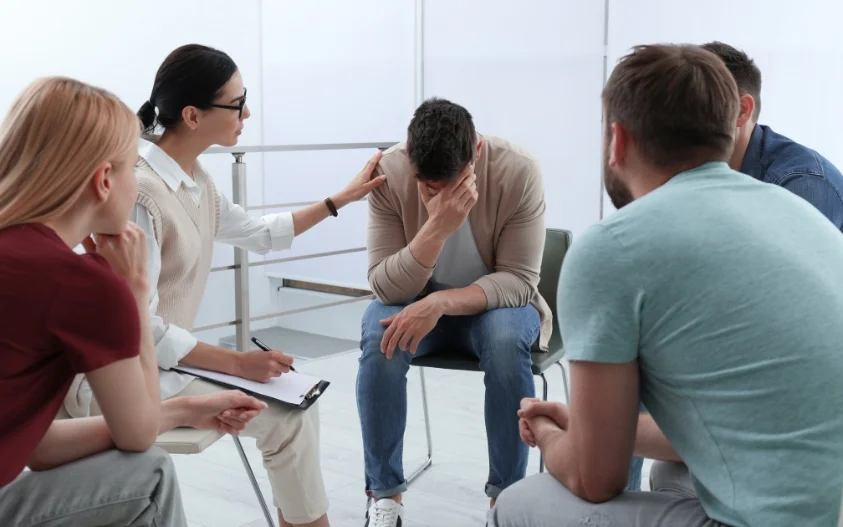
Mary’s Song Restoration Center for Women
Mary’s Song Restoration Center for Women is a non-profit rehab located in Metairie, Louisiana. Mary’...

Behavioral Health Group Westbank
Behavioral Health Group Westbank is a private rehab located in Gretna, Louisiana. Behavioral Health ...

Ville Platte Behavioral Health Clinic
Ville Platte Behavioral Health Clinic by Acadiana Area Human Services District provides comprehensiv...

Franklin Medical Center – Behavioral Health
Franklin Medical Center - Behavioral Health, located in Winnsboro, Louisiana, offers behavioral heal...
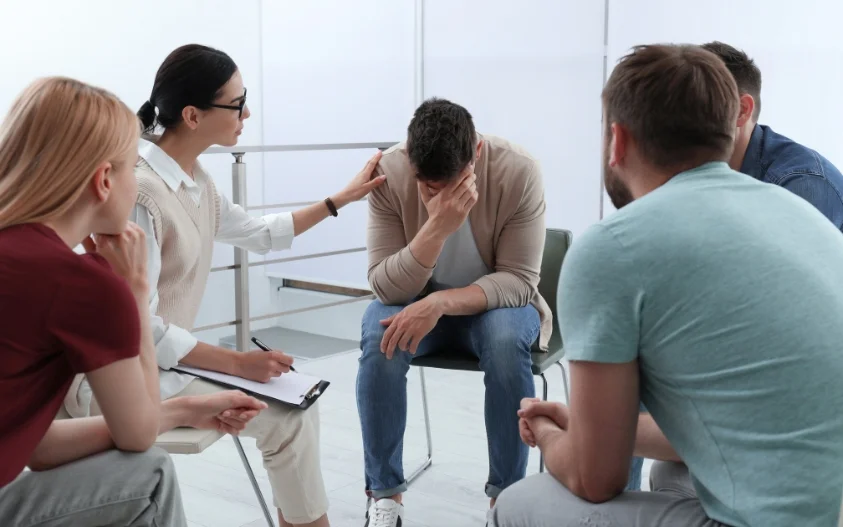
Dade Family Counseling Administrative Unit
Dade Family Counseling Administrative Unit is a private rehab located in Bogalusa, Louisiana. Dade F...

Oxford House Red River
Oxford House Red River is a non-profit home located in Alexandria, LA. Oxford House Red River helps ...

Oceans Behavioral Hospital – Kenner
Oceans Behavioral Hospital- Kenner is located in Kenner, Louisiana. They are an alcohol and drug reh...

AA – Alcoholics Anonymous
AA – Alcoholics Anonymous is a private rehab located in Deridder, Louisiana. AA – Alcoholics Anonymo...

Delta Community Recovery Center
Delta Community Recovery Center is a private rehab located in Newellton, Louisiana. Delta Community ...
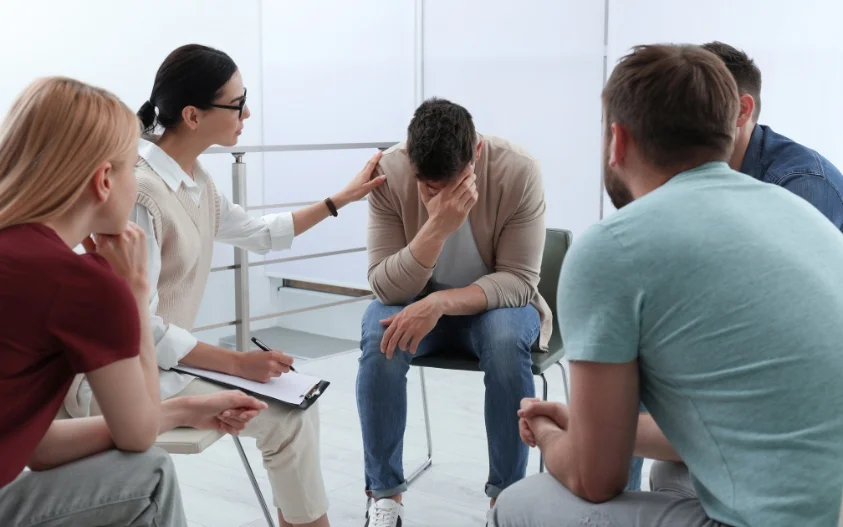
Fontainebleau Treatment Center Mandeville
Fontainebleau Treatment Center Mandeville is a non-profit rehab located in Mandeville, Louisiana. Fo...

Palmetto Addiction Recovery Center
Palmetto Addiction Recovery Center - Williamsburg Street provides high quality, personalized treatme...

Sanctuary Louisiana
Sanctuary Louisiana is a 12 step focused drug and alcohol rehab for adult men in Iowa, Louisiana. Th...

AA – Alcoholics Anonymous
AA – Alcoholics Anonymous is a private rehab located in Metairie, Louisiana. AA – Alcoholics Anonymo...

SCLHSA – Lafourche Behavioral Health Center
SCLHSA - Lafourche Behavioral Health Center provides services for eligible and priority populations ...

Halfwaythere Cottage
Halfwaythere Cottage is a private rehab located in Shreveport, Louisiana. Halfwaythere Cottage speci...

Cagnina Tambra Vocational Rehabilitation Counselor
Cagnina Tambra Vocational Rehabilitation Counselor is a private rehab located in Lafayette, Louisian...

Cottage House For Men
Cottage House For Men is a private rehab located in Shreveport, Louisiana. Cottage House For Men spe...

Glenwood Regional Medical Center – Behavioral Health
Glenwood Regional Medical Center is a medical hospital providing behavioral health treatment in Monr...

Winn Addictive Disorders Clinic
Winn Addictive Disorders Clinic is a private rehab located in Winnfield, Louisiana. Winn Addictive D...

Century Rehabilitation
Century Rehabilitation is a private rehab located in Baton Rouge, Louisiana. Century Rehabilitation ...

Alternative Outpatient Services
Alternative Outpatient Services is a private rehab located in Lafayette, Louisiana. Alternative Outp...

Northeast Substance Abuse
Northeast Substance Abuse is a private rehab located in Rayville, Louisiana. Northeast Substance Abu...

Palmetto Addiction Recovery Center
Palmetto Addiction Recovery Center provides high quality, personalized treatment to individuals suff...

New Start Recovery Program
New Start Recovery Program is a private rehab located in Houma, Louisiana. New Start Recovery Progra...

Teen Challenge
Teen Challenge is a private rehab located in Sulphur, Louisiana. Teen Challenge specializes in the t...

ReEntry Solutions – Integrity Life Skills & Recovery Center
ReEntry Solutions is a non-profit rehab located in Alexandria, LA. ReEntry Solutions is an Intensive...

Active Recovery
Active Recovery is a private rehab located in Minden, Louisiana. Active Recovery specializes in the ...

Council On Alcoholism
Council On Alcoholism is a private rehab located in Bossier City, Louisiana. Council On Alcoholism s...

Crowley Behavioral Health Clinic
Crowley Behavioral Health Clinic by Acadiana Area Human Services District provides comprehensive and...

Fentress Nathaniel Rehabilitation Service
Fentress Nathaniel Rehabilitation Service is a private rehab located in New Orleans, Louisiana. Fent...

Creek Nation Behavioral Health and Substance Abuse
Creek Nation Behavioral Health and Substance Abuse is a private rehab located in Broussard, Louisian...

Palmetto Addiction Recovery Center
Palmetto Addiction Recovery Center is a private rehab located in Alexandria, Louisiana. Palmetto Add...

Bannister Counseling and Probation Services
Bannister Counseling and Probation Services is a private rehab located in Baton Rouge, Louisiana. Ba...

Pathways Community Health – Gateway Adolescent Treatment Center
Pathways Community Health - Gateway Adolescent Treatment Center is located in Rapides Parish and pro...

New Day Rehabilitation
New Day Rehabilitation is a private rehab located in Shreveport, Louisiana. New Day Rehabilitation s...

Christian Counseling
Christian Counseling is a private rehab located in Shreveport, Louisiana. Christian Counseling speci...

SCLHSA – Terrebonne Behavioral Health Center
SCLHSA - Terrebonne Behavioral Health Center provides services for eligible and priority populations...

Desire Narcotics Rehabilitation Center
Desire Narcotics Rehabilitation Center is a private rehab located in New Orleans, Louisiana. Desire ...

New Day Lake Charles Shreveport
New Day Lake Charles Shreveport is a private rehab located in Lafayette, Louisiana. New Day Lake Cha...

Pathways Community Health – Phase II House
Pathways Community Health - Phase II/TANF/Bridge House is located in Rapides Parish and provides tem...

Disability and Rehabilitation Services
Disability and Rehabilitation Services is a private rehab located in Lafayette, Louisiana. Disabilit...

Seaside Outpatient Services
Seaside Outpatient Services is a private rehab located in New Orleans, Louisiana. Seaside Outpatient...

Palmetto Addiction Recovery Center
Palmetto Addiction Recovery Center is a private rehab located in Lafayette, Louisiana. Palmetto Addi...

New Hope Outpatient Substance Abuse Clinic
New Hope Outpatient Substance Abuse Clinic provides outpatient and intensive outpatient treatment fo...

Muscogee Creek Nation Behavioral Health
Muscogee Creek Nation Behavioral Health is a private rehab located in Broussard, Louisiana. Muscogee...

Detox Abuse Action Addiction
Detox Abuse Action Addiction is a private rehab located in Shreveport, Louisiana. Detox Abuse Action...

Saint James Behavioral Health Hospital
The Saint James Behavioral Health Hospital provides individualized behavioral health services to adu...

A Positive Step – Counseling Education
A Positive Step – Counseling Education is a private rehab located in Lafayette, Louisiana. A Positiv...

Substance Abuse Services Oklahoma Safety Center
Substance Abuse Services Oklahoma Safety Center is a private rehab located in Shreveport, Louisiana....

CADA Prevention and Recovery Center
CADA Prevention and Recovery Center is a non-profit rehab located in New Orleans, Louisiana. CADA Pr...
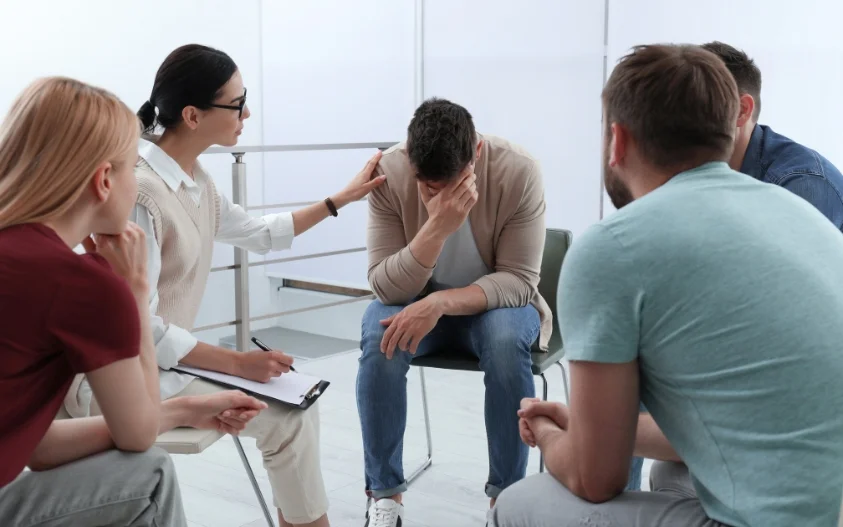
Northern Pines Mental Health Center
Northern Pines Mental Health Center is a private rehab located in Springhill, Louisiana. Northern Pi...

Bossier Rehabilitation and Fitness
Bossier Rehabilitation and Fitness is a private rehab located in Bossier City, Louisiana. Bossier Re...

AppleGate Recovery
AppleGate Recovery is a private rehab located in Thibodaux, Louisiana. AppleGate Recovery specialize...

Intensive Adolescent Groups
Intensive Adolescent Groups is a private rehab located in Baton Rouge, Louisiana. Intensive Adolesce...

Margaret Dumas Mental Health Center
Margaret Dumas Mental Health Center is an outpatient facility that offers treatment for individuals ...

Two Dreams
Two Dreams offer a unique approach that combines holistic wellness with clinical research providing ...

Salvation Army – The Corps Recovery Center
Salvation Army is a non-profit rehab located in Baton Rouge, LA. Salvation Army specializes in the t...

LCBHC – Children and Youth Outreach
LCBHC- Children and Youth Outreach provides services for children and adolescents with severe behavi...
